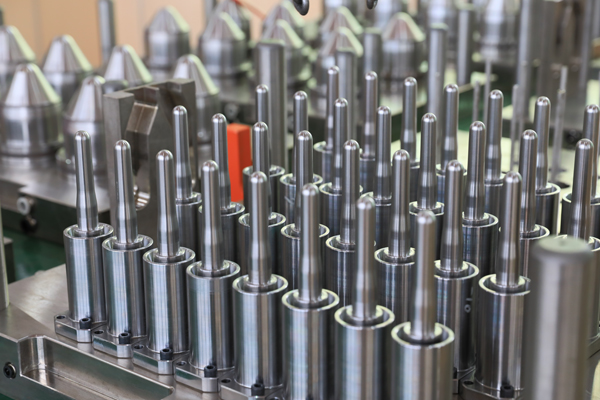Preform moulding is a type of plastic moulding that is used for manufacturing plastic products. They are most often used to manufacture plastic food trays, cups, bowls and plates but can also be used for other types of products. Plastic products made using these moulds tend to be strong, durable and low cost. These types of moulds have been around for many years and are still used widely today.
Preform moudings can be made using a number of different processes depending on the type of product being produced. There are two common ways to produce preform mould cavities according to customer specifications; injection moulding and extrusion moulding. Injection moulding involves feeding a plastic liquid into the cavity before it is formed by the heated plastic blank. The injection process is then controlled and carried out on the plastic blank until the exact thickness and diameter of the cavity is reached.
Exhaust gas from an extruder cooling fan can also be used to fill preform mould cavities. A cavity can also be cooled using ultrasound vibration dampers in order to reduce cool air gaps and increase the speed at which cooling cavities discharge hot plastic when they are filled with a thick cool plastic fluid. The advantages of using preform mould spare parts over other forms of plastic mould production are that they are relatively cheap to produce, require less expertise and can generally be mass produced. They can also offer a higher degree of precision than other methods.

A preform mould cavity can be made in a number of different ways. One such way is to use a computer based software programme to design a cavity, followed by the injection of plastic into it. Another method is to use a conventional injection machine to load a cavity into an injection unit. Computer aided designs or CAD/CAM applications are also available. After the cavity has been drilled and the walls have been formed, the next step is to fill it with a pre-fused heating wire, typically a pre-packed thermal heater.
An injection gun is used to fire a series of balls down the preform mould, providing the required heating for the cavity to expand fully. Depending on the required cooling rate, the heated plastic will be allowed to cool and harden before it is discharged. Alternatively, the cavity can be filled with a fluid such as a refrigerant. This is a less common method, although it can produce some very high pressure which can help achieve some quick hardening times on preform moulded parts. The result of using a pet preform mould instead of a conventional hard plastic cooling chamber is that the cavity cools more rapidly and becomes more rigid, retaining greater tensile strength than traditional cooling chambers. These types of cavities are often more expensive to manufacture, but they are also more consistent and have greater load bearing capacities.
Once cooled to the preform mould consistency, the cavity is ejected and the cooling cycle starts all over again. This means that cavities can cycle times for hundreds or thousands of hours, depending on the manufacturing process and design. Using a pet mould instead of a conventional cooling chamber gives the producer greater flexibility in determining cycle times and eliminates waste of expensive energy and expensive materials.